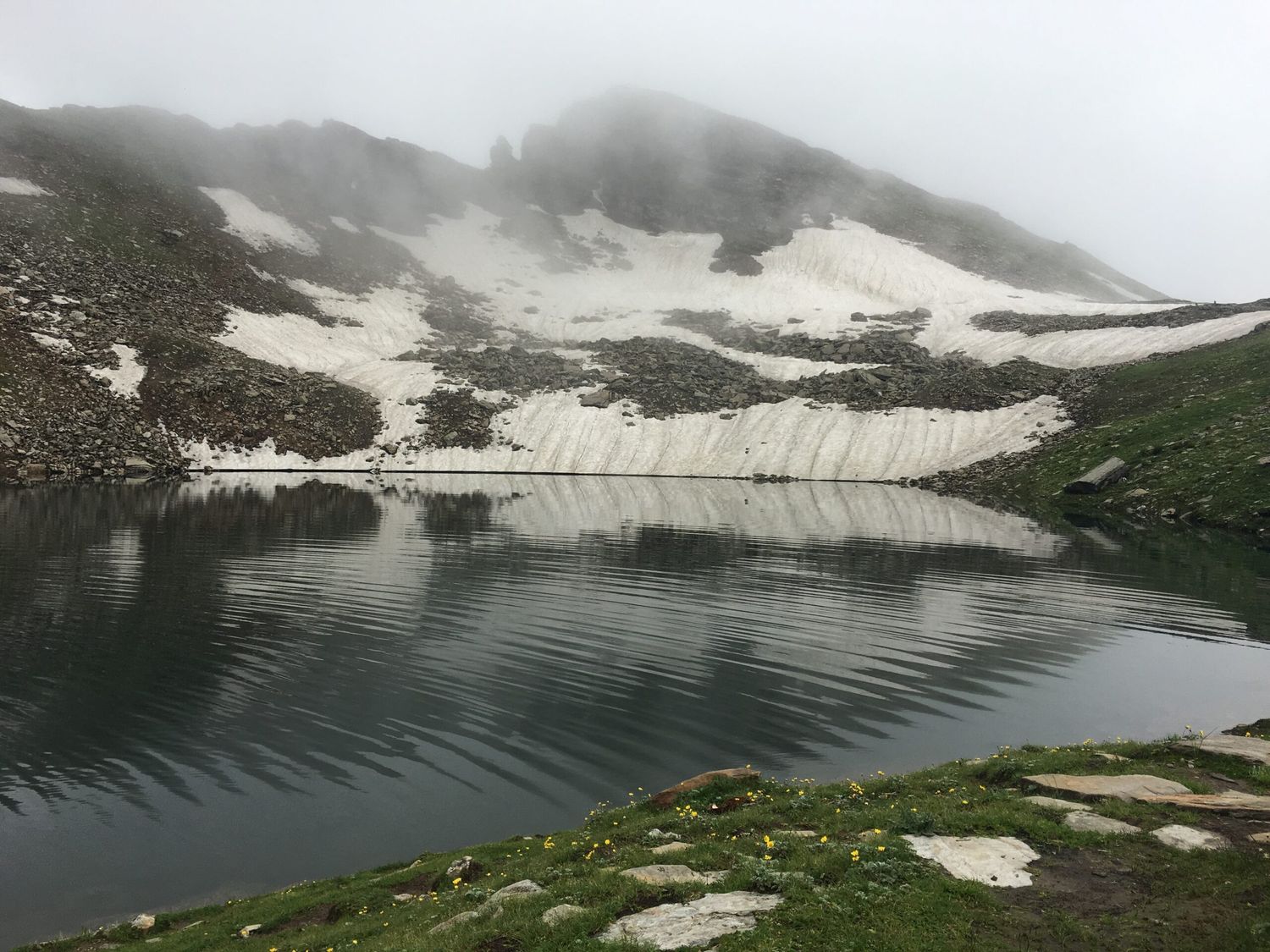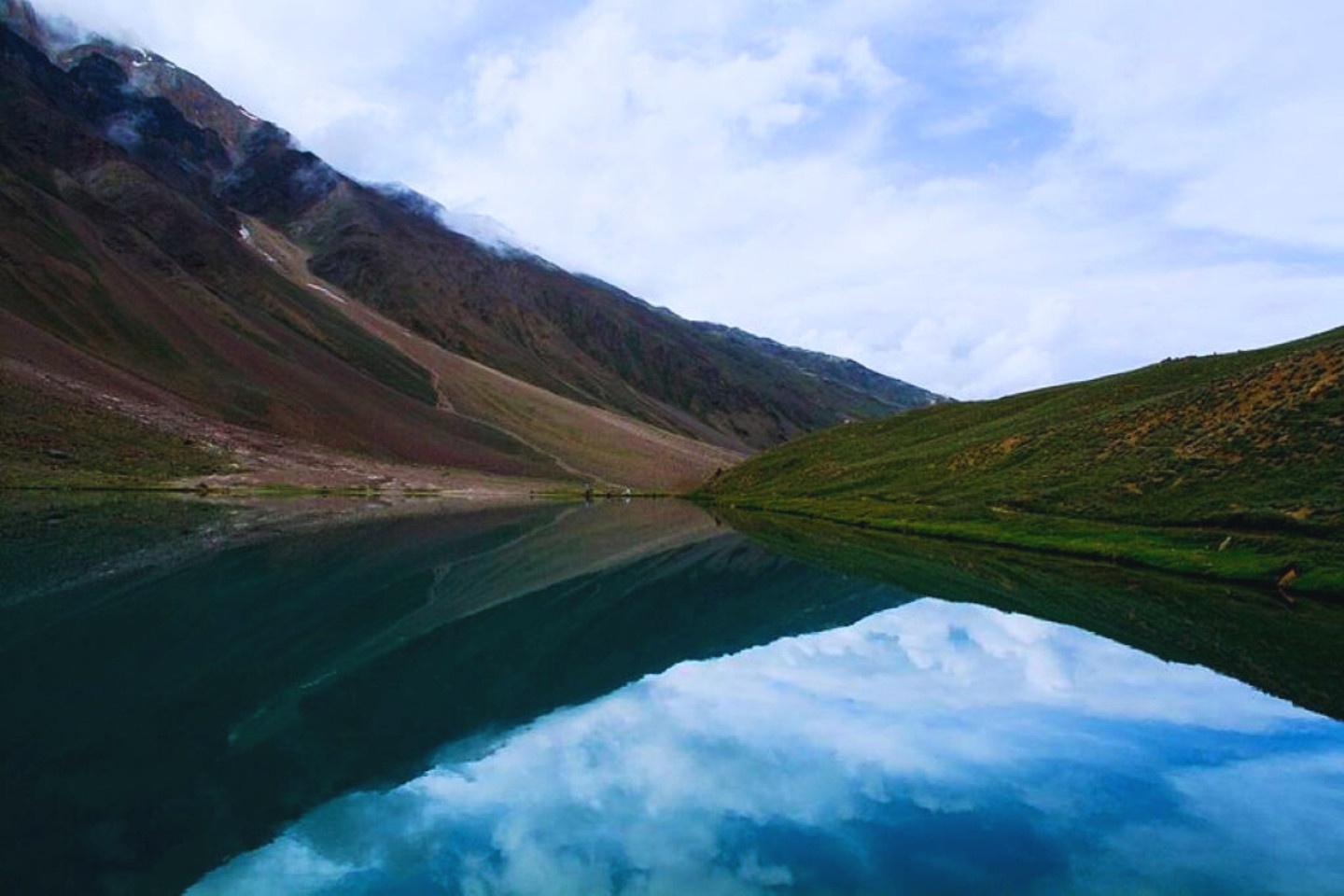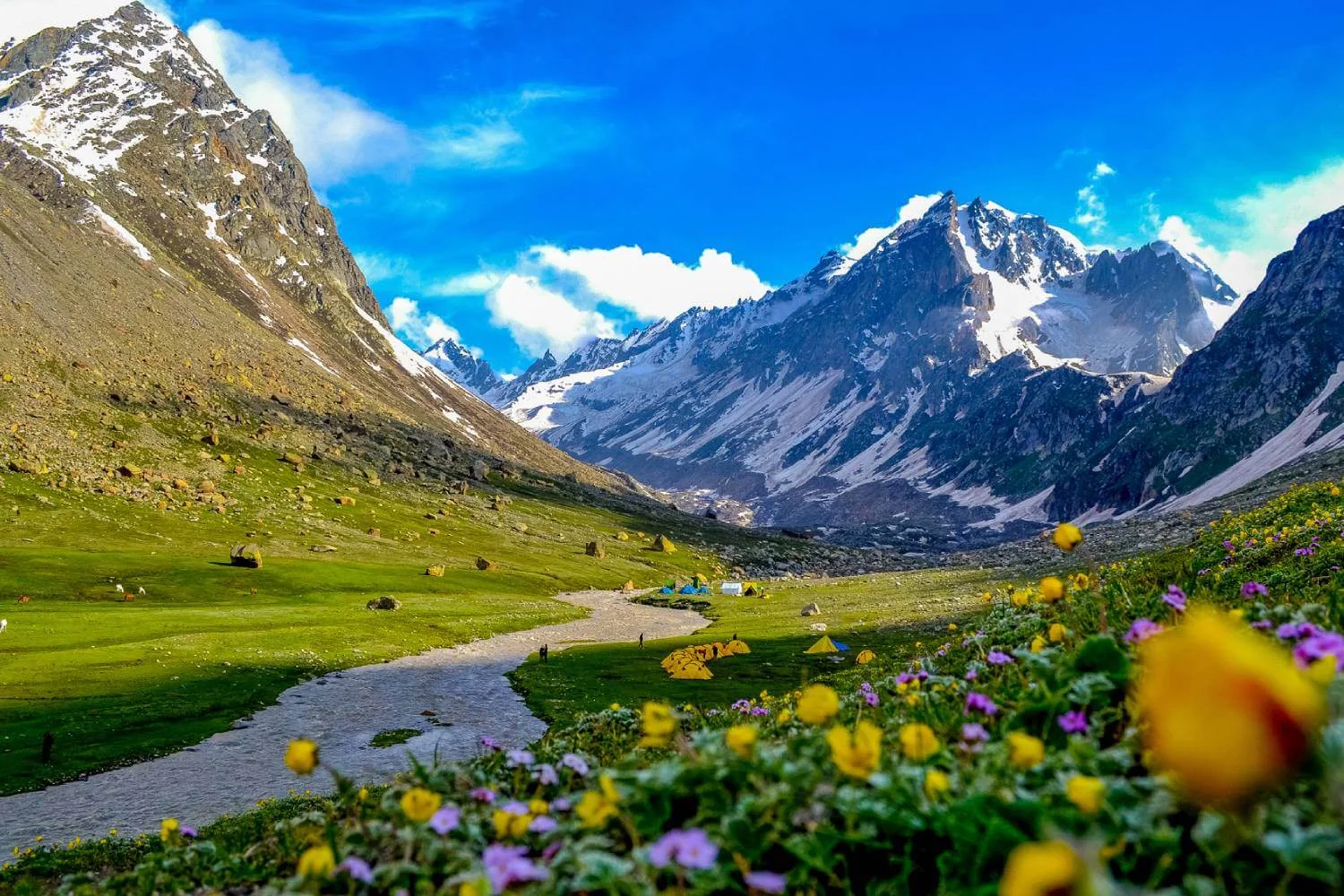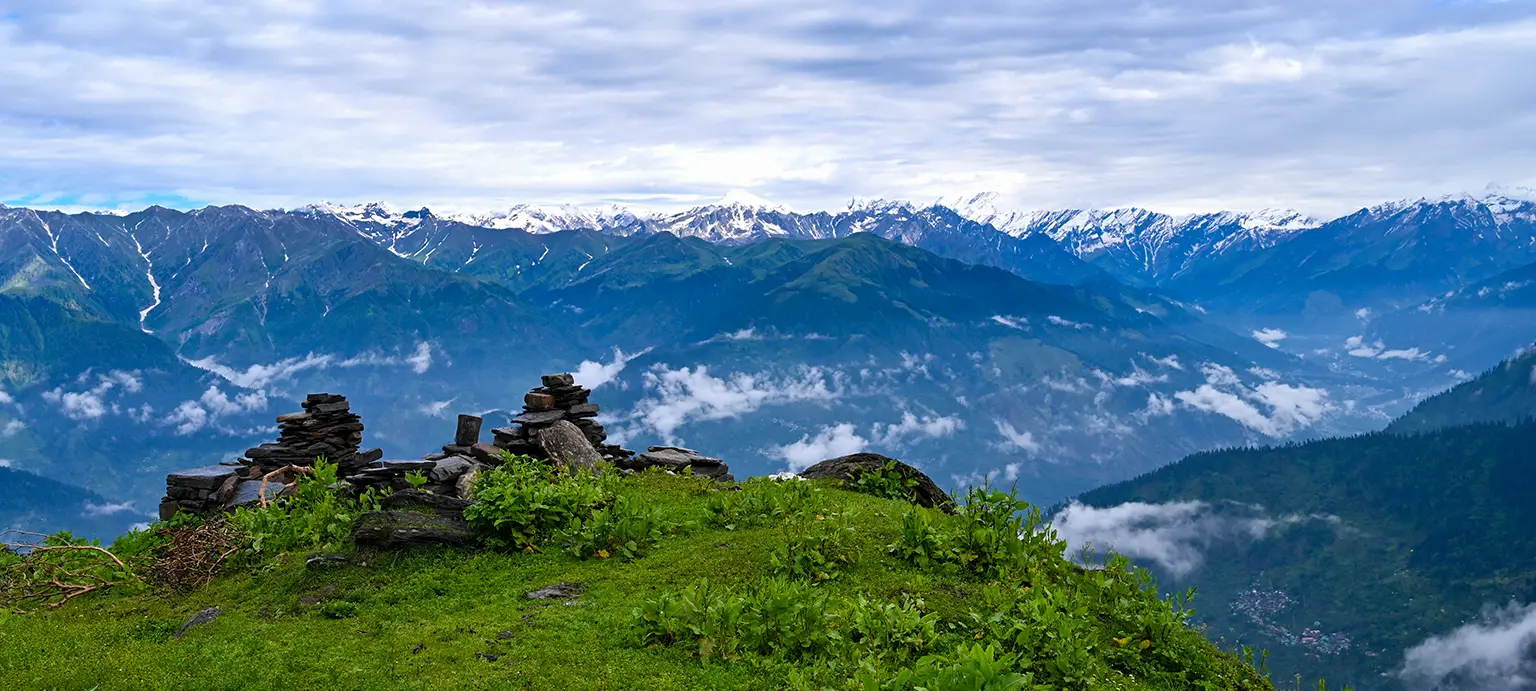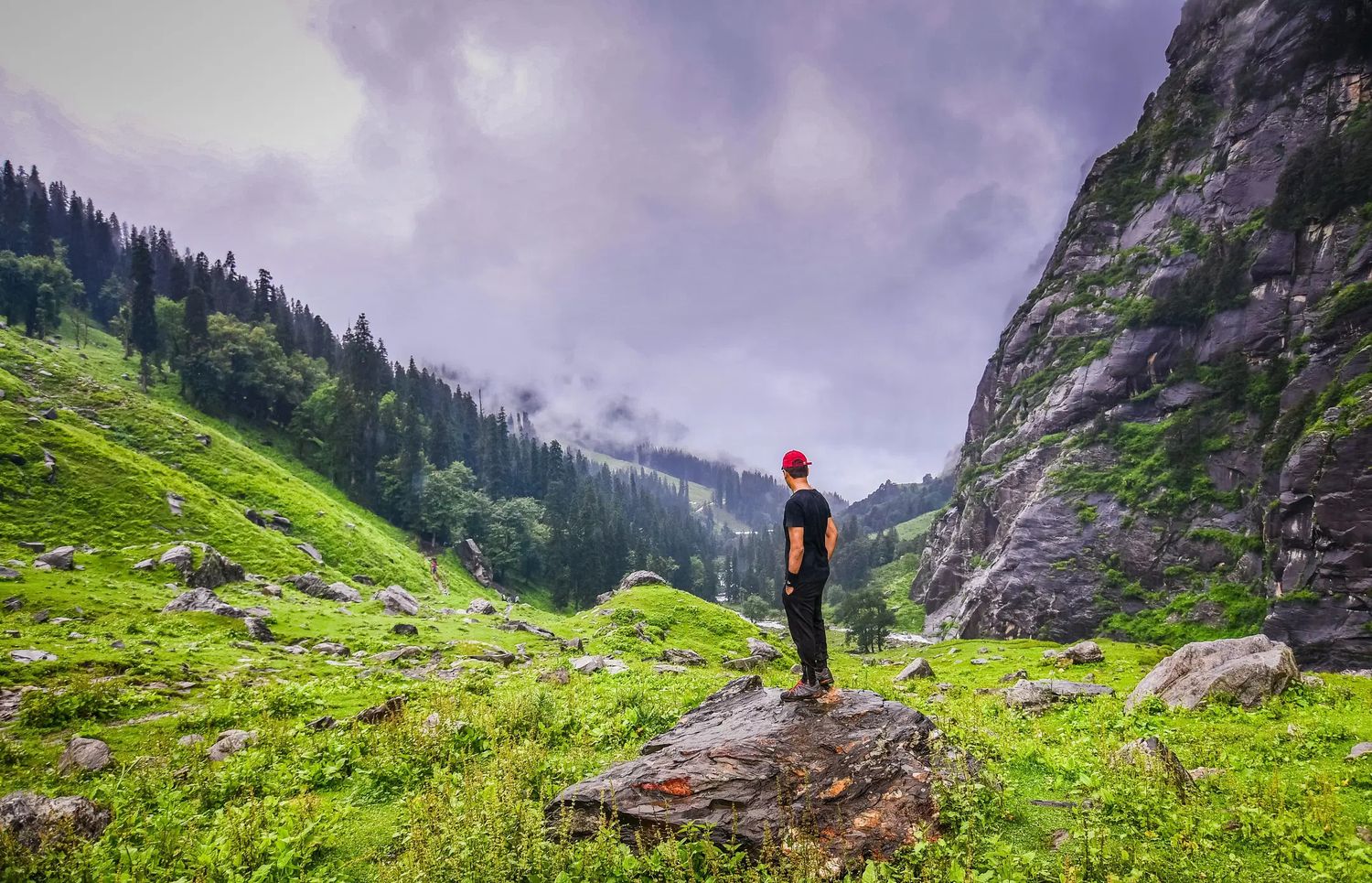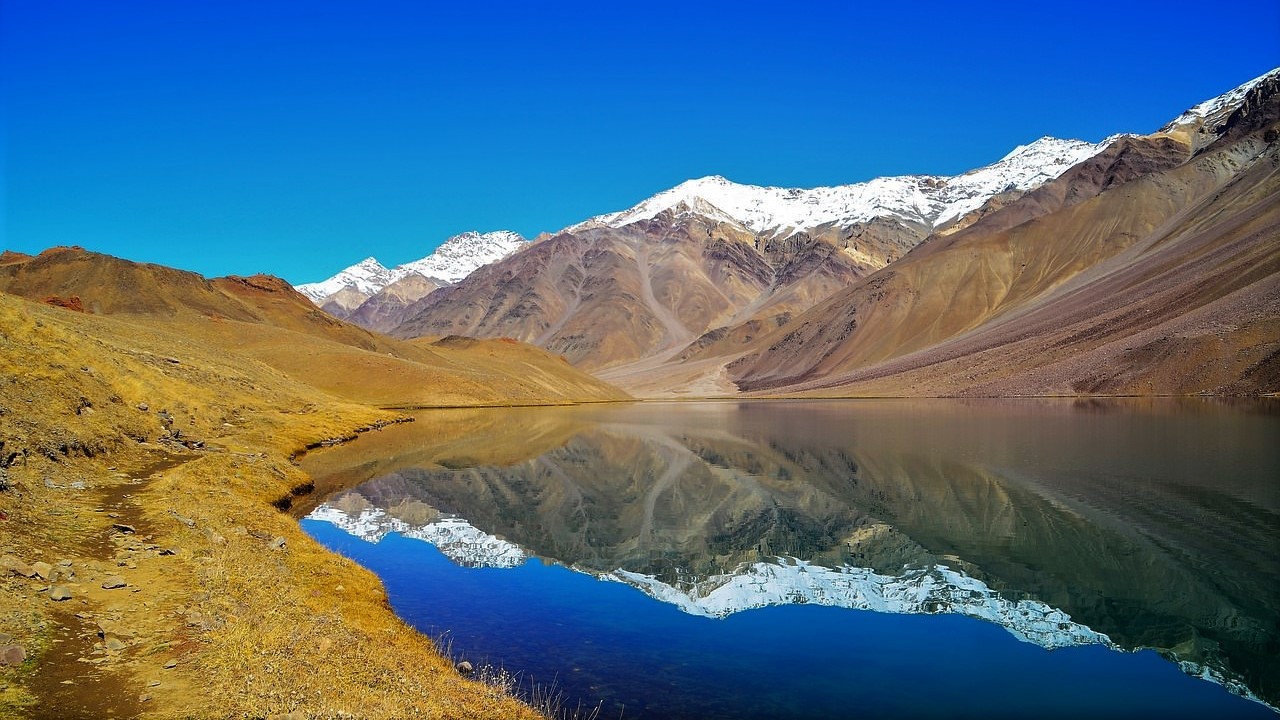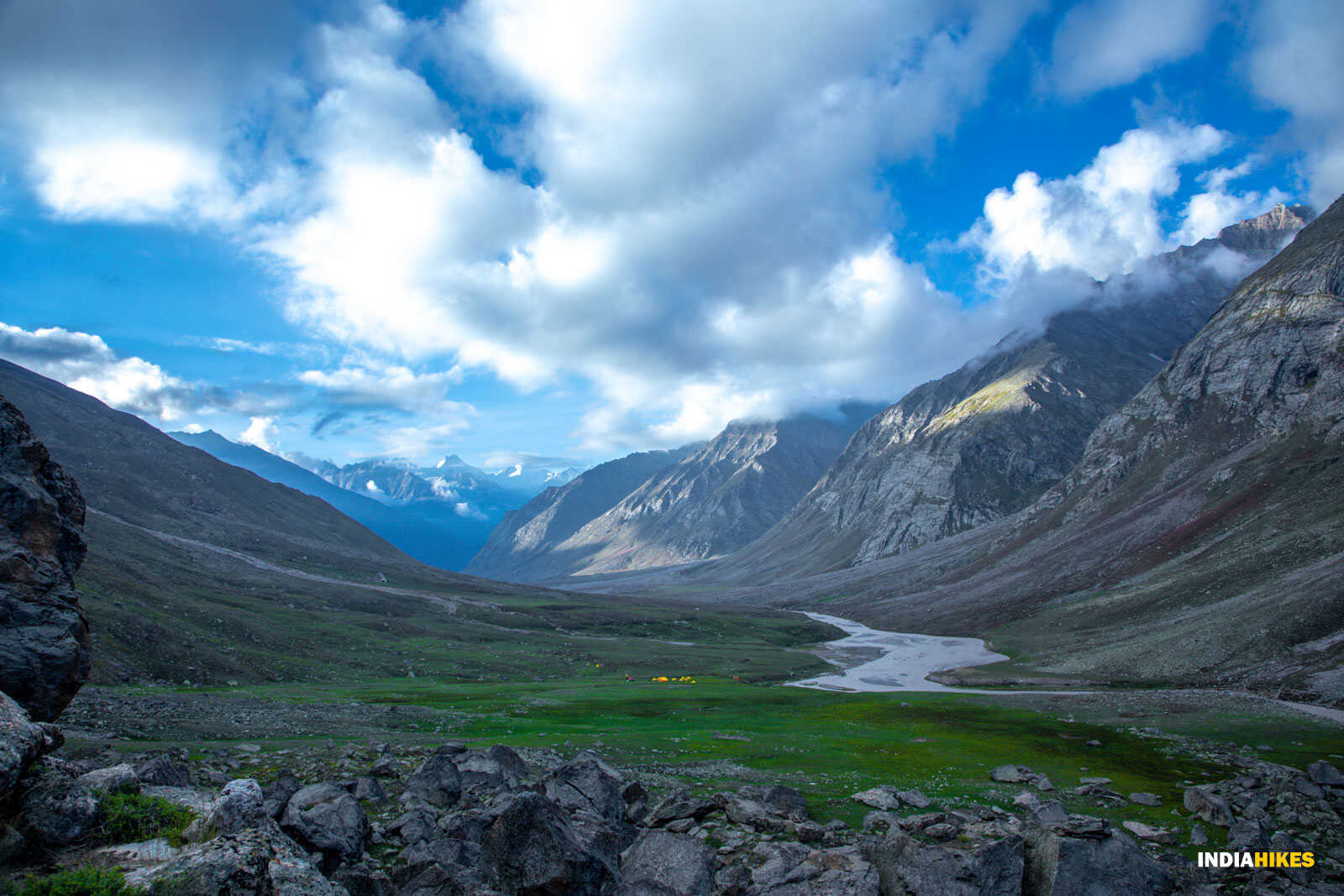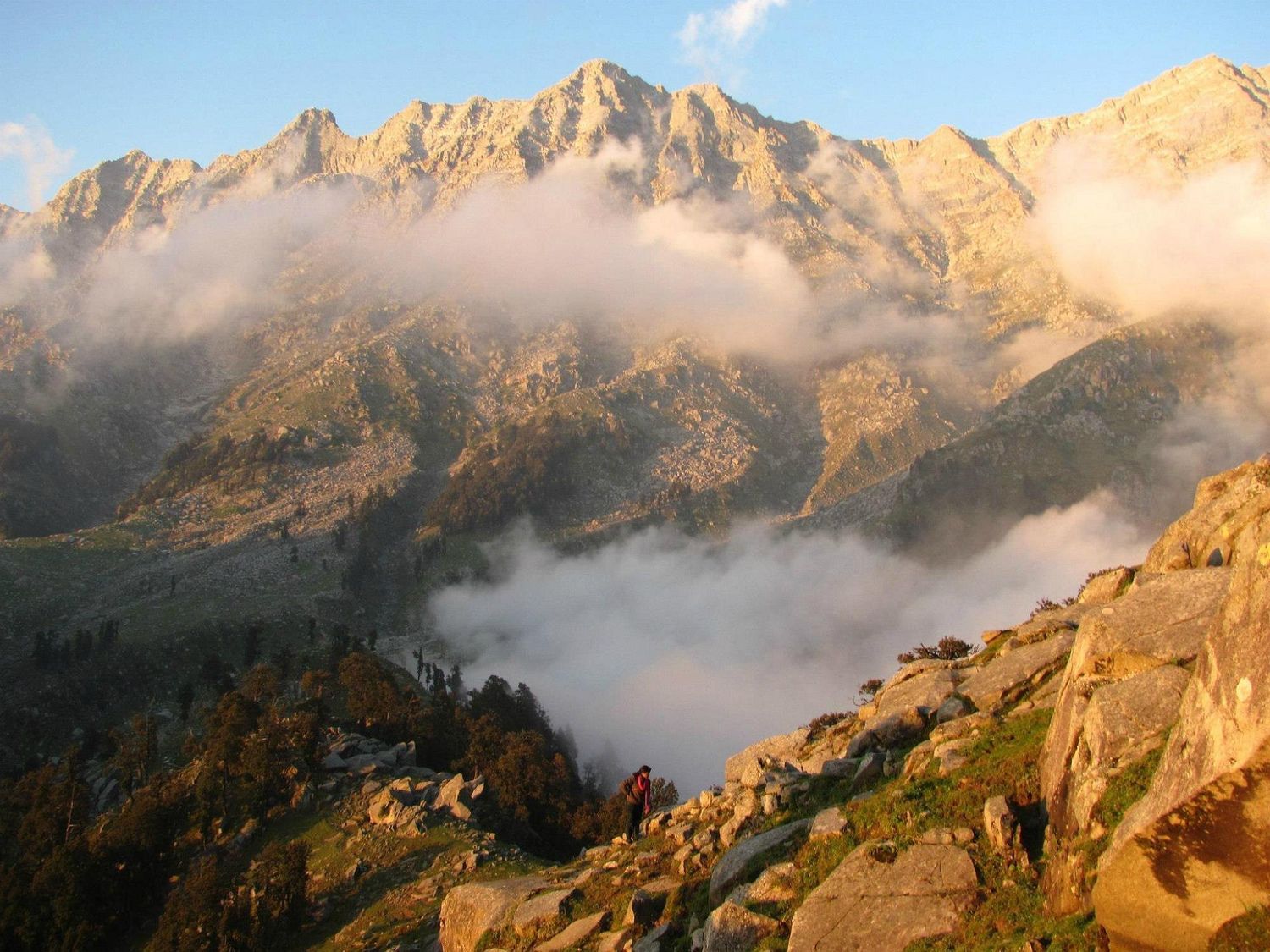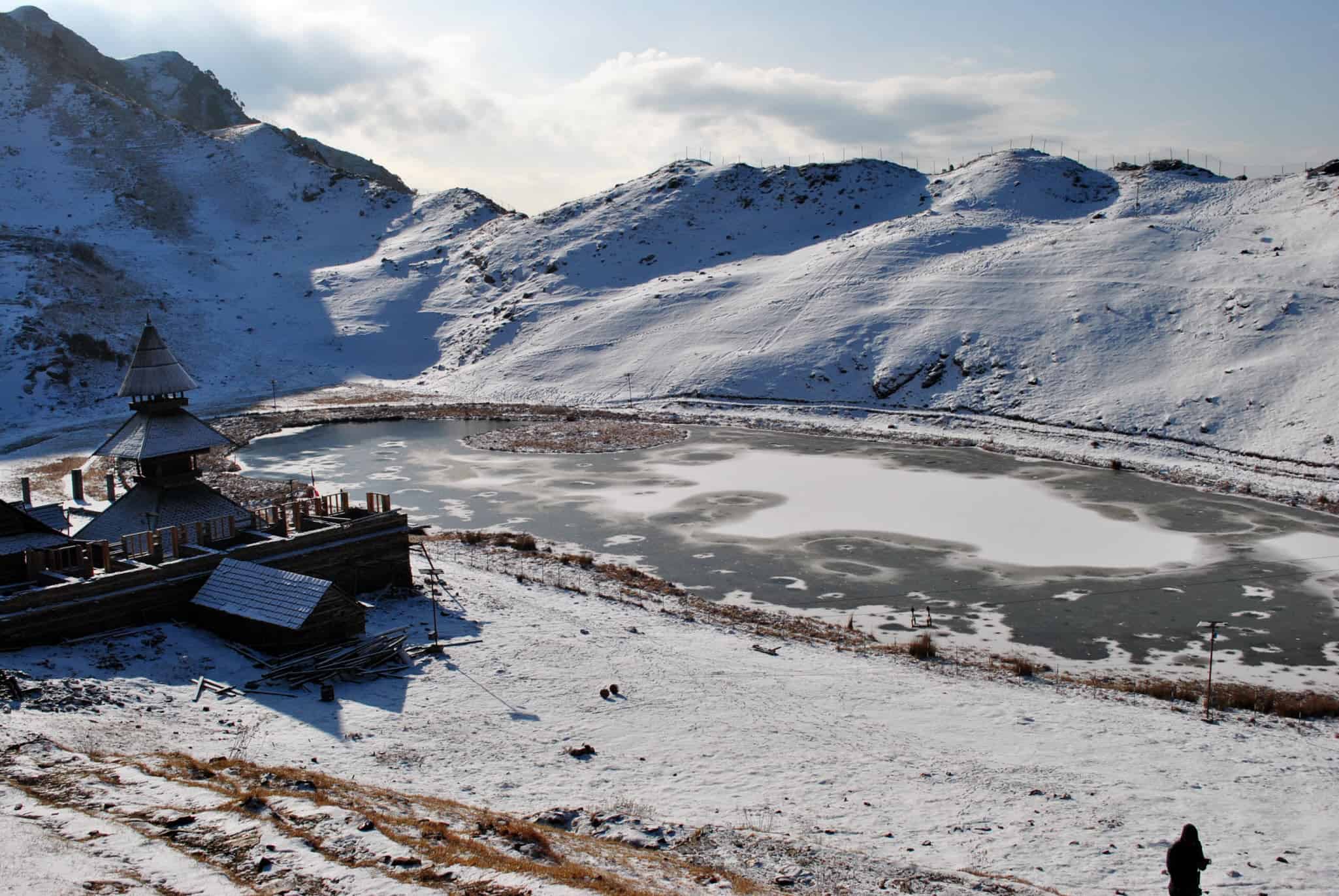Beas Kund Trek: Journey to the Source of River Beas
The Beas Kund Trek is one of the most popular short treks in Himachal Pradesh, starting from Solang Valley near Manali. The trek takes you to the glacial lake of Beas Kund, believed to be the source of the River Beas, and offers spectacular views of snow-clad peaks like Friendship Peak, Hanuman Tibba, and Shitidhar. With meadows, streams, and alpine landscapes, this trek is perfect for beginners and experienced trekkers alike.
The Sacred Beas Kund
Beas Kund is a high-altitude alpine lake situated at the base of towering Himalayan peaks. Legend has it that Rishi Vyas, the author of Mahabharata, meditated here. The lake’s spiritual significance adds depth to its natural beauty.
Scenic Landscapes
The trail passes through lush green meadows of Dhundi and Bakarthach, with streams, wildflowers, and grazing sheep creating postcard-perfect views. The alpine terrain gives trekkers a true Himalayan experience in just a few days.
Why Choose This Trek
Its short duration, accessibility from Manali, and stunning views make Beas Kund an ideal choice for those looking for a quick Himalayan adventure. It is beginner-friendly while still offering the thrill of high-altitude trekking.













